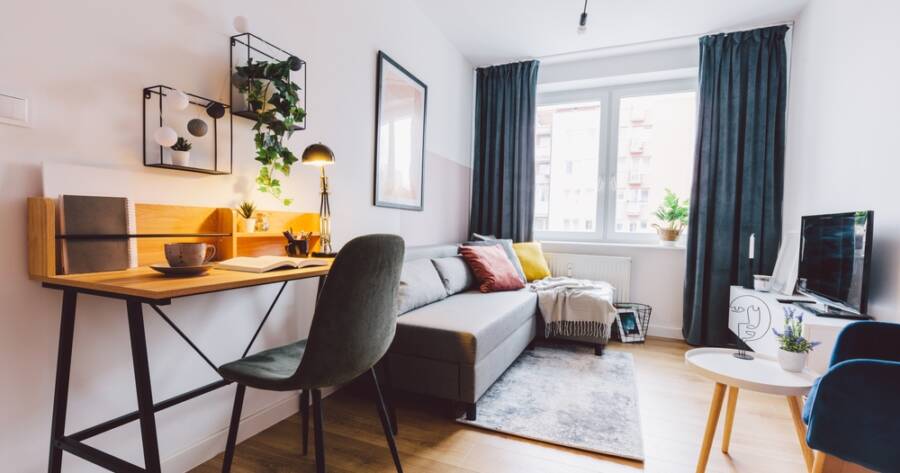As urban areas become increasingly crowded, more individuals are turning to tiny homes as a sustainable and cost-effective living solution. However, living in small spaces can pose challenges in terms of functionality and comfort. Despite these challenges, there are innovative strategies that can enhance both the aesthetics and utility of tiny homes. Creative solutions might just transform these compact dwellings into highly efficient and inviting sanctuaries.
Multi-Functional Furniture for Maximum Utility
One of the most effective ways to optimize a tiny home is through multi-functional furniture. Pieces that serve dual purposes can significantly open up space. For example, a sofa that converts into a bed can be an excellent solution for small living areas.
Tables with folding capabilities or expandable features can provide additional surface area when needed. Some options might even include hidden storage compartments, helping to keep clutter at bay. While these pieces could offer flexibility, selecting quality construction is crucial to ensure longevity and functionality.
Vertical Storage Solutions
Utilizing vertical space may prove essential in maximizing storage in tiny homes. Shelving units that reach up to the ceiling can provide ample storage without encroaching on limited floor space. Installing hooks and racks could allow for vertical storage of kitchen utensils and other small items.
Wall-mounted organizers or cabinets, positioned smartly, could help keep essentials within reach. By thinking vertically, homeowners might maintain organization and accessibility in small spaces, potentially making day-to-day living more efficient.
Innovative Use of Light and Color
Lighting and color schemes can dramatically impact how spacious a room feels. Lighter shades can create the illusion of a larger space by reflecting more light. A consistent color palette throughout the home can also contribute to a cohesive and roomy atmosphere.
In terms of lighting, opting for natural light sources can further enhance the sense of openness; however, if natural light is limited, strategically placed mirrors can amplify light and add depth. Artificial lighting, like recessed fixtures or under-cabinet LEDs, might also improve illumination without taking up physical space.
Outdoor Extensions
For those with available exterior space, creating outdoor extensions might significantly enhance a tiny home’s livability. These outdoor areas can serve as additional living or dining spaces. Folding or portable furniture could allow easy transitions between indoor and outdoor living.
Weather-resistant materials may ensure that outdoor spaces remain functional no matter the season. With the right design and planning, these external areas might offer a breath of fresh air and an expansion of usable living space.
Smart Home Technology for Convenience
Incorporating smart home technology into tiny homes can optimize daily living and improve energy efficiency. Devices such as smart thermostats, lighting systems, and security cameras can be controlled remotely, allowing homeowners to manage their environment effortlessly.
These devices might also learn individual preferences to offer personalized comfort while conserving resources. While the initial investment could be higher, over time, smart technology may result in savings on utility bills and enhance the overall quality of life.
Personalized Minimalism
Tiny homes offer an opportunity to embrace minimalism, which may involve prioritizing what truly matters to the homeowner. By curating belongings and focusing on quality over quantity, individuals can surround themselves with meaningful items that serve multiple purposes.
This personalized approach may help reduce clutter and stress, ultimately leading to a more serene living environment. Intentional design choices could allow homeowners to incorporate personal style while maintaining a minimalist ethos.
Learn More Today!
While living in a tiny home presents certain challenges, various creative solutions can enhance both functionality and comfort. Through thoughtful furniture choices, smart use of space, and technology integration, tiny homes can become efficient and welcoming sanctuaries.
Customizing these compact spaces to meet specific needs and preferences could lead to more fulfilling and sustainable living experiences. With the right approach, even the smallest homes can make a big impact.

